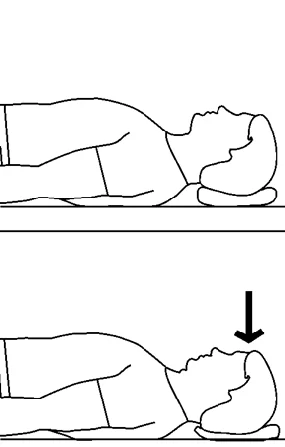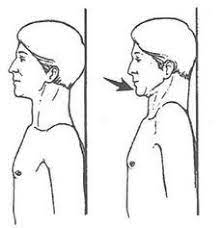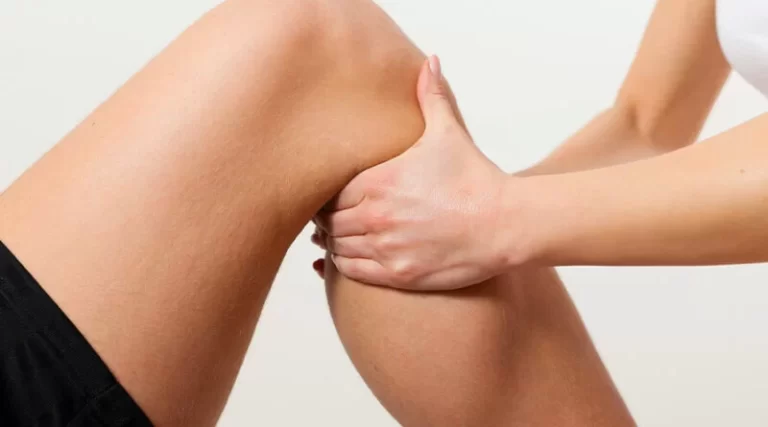Chin tuck exercise
Table of Contents
What is a Chin Tuck exercise?
Chin tuck exercise is typically one of the key exercises recommended for keeping the head aligned above the spine, rather than drifting forward into poor posture. When done regularly and correctly, chin tucks can help improve the neck’s strength, flexibility, and activity.
It Helps to restore the normal posture of the cervical spine. This simple but very productive exercise strengthens the weak muscles of the neck and stretches the tight muscles of the neck.
Health Benefits of Chin Tuck Exercise:
Following are the Health Benefits of Chin tuck exercise are:
- Getting relief from neck muscle spasms
- Relieve neck pain
- Improving your posture or correcting your posture( eg. forward head posture)
- Relax your neck muscles
- Strengthen the cervical muscles
- Stretch the muscles along the front sides of the neck and muscles at the base of the skull
How to do the Chin Tuck exercise correctly:
Chin tucks can be performed in standing or sitting or supine in any one position.
Chin Tuck exercise in a Sitting position:
- Sit erect and look straight ahead with the ears directly over the shoulders.
- Place a finger on the chin.
- Without moving the finger, gently glide the chin and head straight back until a good stretch is felt at the base of the head and top of the neck. Avoid moving your head up or down.
- Hold the position for 5 seconds if possible.
- Bring the chin forward again towards the finger.
- Repeat this at least 10 times, or as tolerated.
- In the starting, it can help to have the finger as a point of reference. As the chin tuck exercise becomes more comfortable to perform, it may no longer be required to hold up the finger.
Chin Tuck exercise in a Standing position:
- Standing with your back against the wall with your feet about a foot length from the wall.
- Try to bring your chin down to your chest without arching your spine
- Try to feel like your whole spine gets longer as you are doing this exercise.
Chin Tuck exercise in a Supine position:
- The chin tuck can also be performed in the supine position, so lie on your back with a rolled-up towel or small pillow under your neck at the base of your head. Visualize that line between your ears and use the same movement to tuck your chin to your chest.
- Avoid lifting your head and neck from the surface.

Chin Tuck exercise video:
Tips to Perform Chin Tucks during the Day:
- It is commended to perform 5 to 10 sets of 10 chin tucks in a day.
- Doing 10 repetitions of 5-second chin tucks just takes one minute. Some examples of ways to fitting a set of chin tucks into a busy day include:
- Morning routine. Whether it is between sips of tea, or before a bath, chin tucks can be done into a morning routine.
- Traveling. It is important to use good posture while driving, riding the bus, or in other modes of transportation. Doing a few chin tucks while waiting at the signal can add up over time.
- Breaktime. Whether sitting at a desk or relaxing, chin tucks can help keep a good posture.
Why do we experience neck pain?
- When there is an issue, swelling, or injury in the neck area. it can conduct to neck pain or stiffness.
- Neck pain can take place due to many reasons.
- Some causes of neck pain are the following:
- This may happen due to muscle tension and strain caused by posture, sitting position for too long, sleeping in a bad position, or overdoing your neck during exercise.
- Caused by injuries such as car accidents.
- It may take place when the muscles and ligaments within the neck moved more than their normal range.
- It can also be a symptom of a heart attack but comes with the following: breathlessness, sweating, vomiting, having neck, or arm pain. if this is there, immediate care is needed.
- This can also be a symptom of meningitis which is an inflammation of the tissue surrounding the brain and the spinal cord. Seek immediate care if you have experienced any symptoms.
- It can also be a symptom of many other conditions e.g. arthritis, osteoporosis, fibromyalgia, or spinal stenosis.
How can Chin Tuck Exercise help you with Your Neck Pain?
- When poor posture is one of the main causes of your neck pain, a chin tuck exercise can help in the following:
- It helps you to strengthen your deep cervical flexors, lower cervical extensors, and other muscles that make your head aligned above the spine.
- It stretches your scalene muscles and suboccipital muscles.
Precaution:
- Avoid any sudden or jerky movements of the neck
- In the begging perform under the therapist’s guidance
- High blood pressure patients
When did you not do this exercise?
- Any recent neck or shoulder injuries
- Any recent spine or shoulder surgeries
- when you have nausea or dizziness
- when you are having difficulty swallowing
FAQ
Chin tucks can be done in sitting, standing, or laying down
If you practice chin tuck exercises regularly and correctly, your pain should soothe in two weeks.
It is used to help strengthen muscles to return the head to a neutral position, supported position over the trunk. It should be not hold all of the time.
It recruits the deep neck flexor muscles and helps to restore stability to the neck.
A reverse curve in the neck, can cause the spinal cord to stretch a. Performing a chin tuck with a reverse curve can tear the spinal cord.





4 Comments